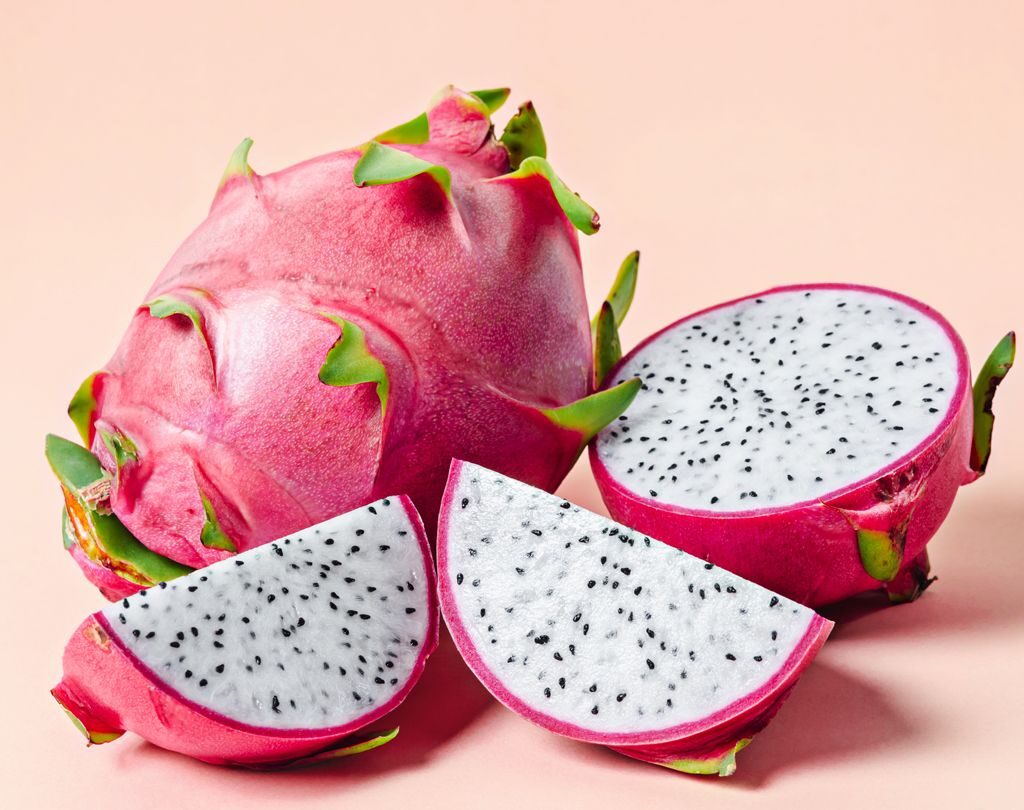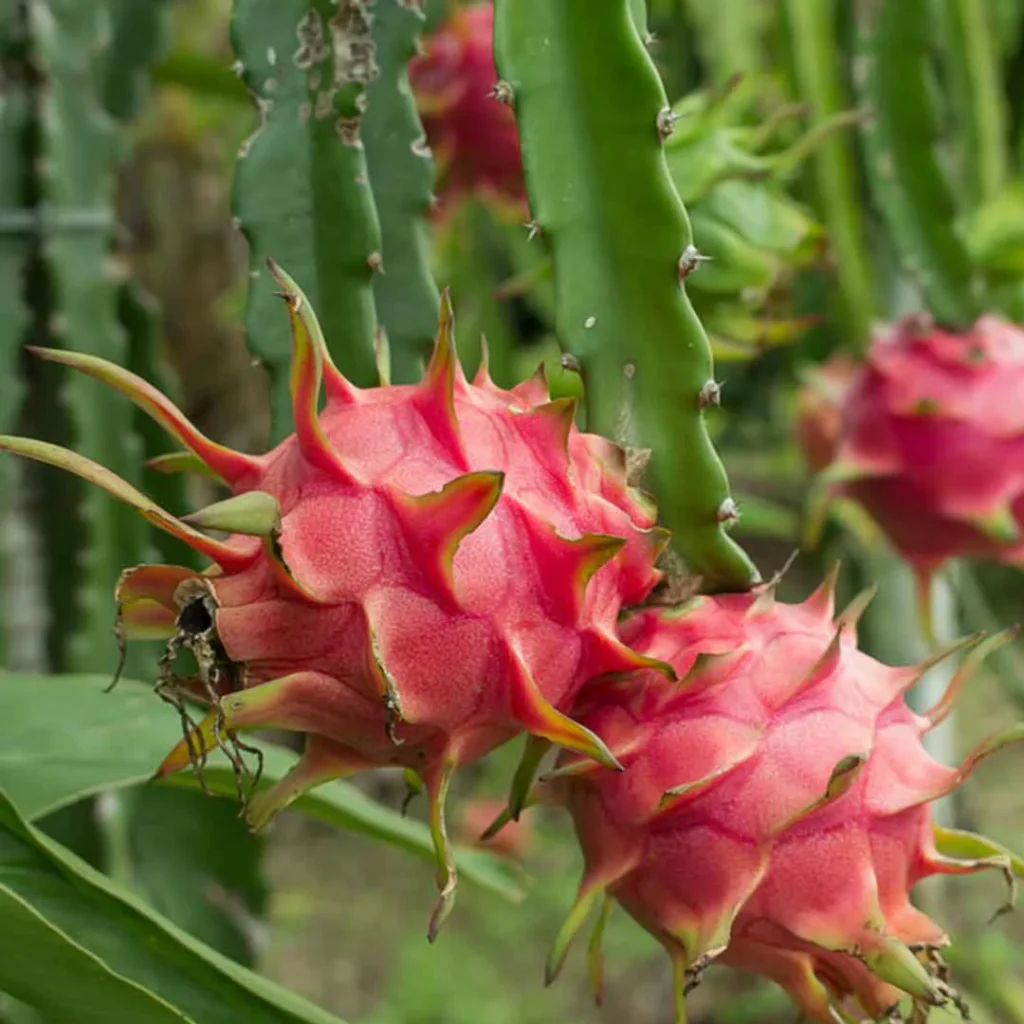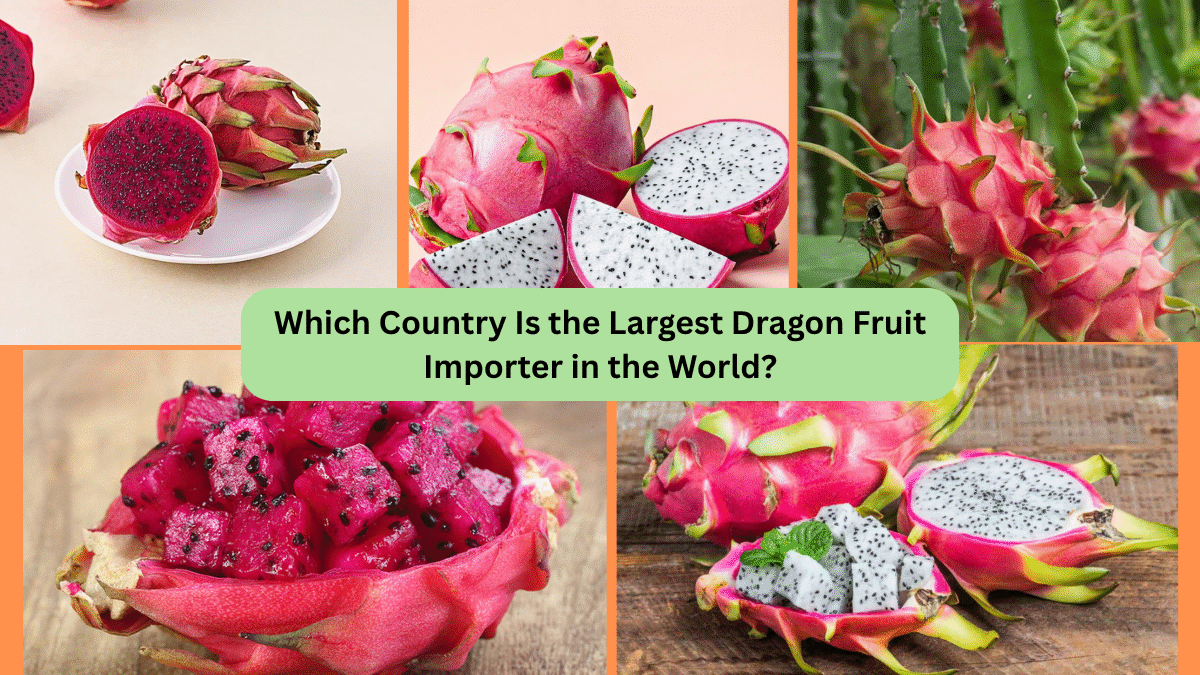Dragon fruit, known for its vibrant pink or yellow skin, speckled flesh, and subtle tropical flavor, has captivated global markets in recent years. Native to Central America but now widely cultivated in Southeast Asia, this visually striking fruit has surged in popularity thanks to its health benefits, exotic appearance, and versatility in recipes ranging from smoothies to desserts. But while countries like Vietnam and Thailand dominate production, one nation stands firmly as the largest dragon fruit importer in the world — China.
In this article, we’ll explore the origins of dragon fruit, its global production and trade, and explain why China leads the import market, along with insights into trends, figures, and future prospects.
What Is Dragon Fruit?

Dragon fruit, also known as pitaya, comes from several species of cactus in the Hylocereus and Selenicereus genera. The fruit is prized for its bright, scaly skin, white or red flesh flecked with tiny black seeds, and mildly sweet flavor.
There are primarily three types:
- White-fleshed pitaya (Hylocereus undatus)
- Red-fleshed pitaya (Hylocereus costaricensis)
- Yellow-skinned pitaya (Selenicereus megalanthus)
Apart from its eye-catching appearance, dragon fruit is rich in antioxidants, Vitamin C, fiber, magnesium, and plant-based prebiotics, making it a favorite in health-conscious markets.
A Brief Look at Global Production
Although dragon fruit originates from the tropical regions of Central and South America, Vietnam has emerged as the world’s largest producer and exporter over the past two decades. Other key producers include:
- Thailand
- Malaysia
- Philippines
- Indonesia
- China (primarily in Guangxi, Guangdong, and Hainan provinces)
- Nicaragua and Ecuador
Vietnam leads the global supply chain, producing over 1 million metric tons annually, with more than 80% destined for export markets.
Which Country Is the Largest Dragon Fruit Importer in the World?

China is the largest importer of dragon fruit in the world — by a significant margin.
Import Figures:
According to international trade data:
- In 2022, China imported approximately 567,700 metric tons of dragon fruit, valued at over USD 500 million.
- In 2023, China’s imports reached nearly 800,000 metric tons, accounting for more than 33% of global fresh dragon fruit imports.
- Over 99% of these imports came from neighboring Vietnam, due to favorable proximity, established trade agreements, and consistent supply.
This massive import volume makes China both the world’s top consumer and importer of dragon fruit.
Why Is China the Top Importer?
Several factors contribute to China’s position as the largest dragon fruit importer:
Skyrocketing Domestic Demand
Dragon fruit has become one of the most popular fruits in China over the last decade. Its high vitamin C content, antioxidant properties, and digestive benefits resonate with the country’s growing health-conscious middle class.
On average, China consumes about 2 million metric tons of dragon fruit annually, yet domestic production satisfies only about 1.3–1.5 million metric tons of this demand. The rest is met through imports, primarily from Vietnam.
Proximity and Trade Relations
China’s close geographical proximity to Vietnam makes transportation cost-effective and efficient. Cross-border overland trade allows for rapid movement of fresh produce, preserving quality and reducing supply chain risks.
Trade agreements like the ASEAN-China Free Trade Area (ACFTA) further simplify import processes, benefiting both economies.
Year-Round Availability
Vietnam’s ability to produce dragon fruit nearly year-round ensures a consistent supply, meeting China’s market demands in all seasons — something its own domestic growers, concentrated in limited provinces, can’t yet match.
Cultural and Culinary Integration
Dragon fruit has been widely integrated into Chinese cuisine, offered in fresh markets, supermarkets, restaurants, juices, desserts, and wellness products. It’s seen as a “cooling” fruit in Traditional Chinese Medicine, which adds to its popularity.
Other Major Importing Countries

While China dominates imports, other nations also contribute to global trade volumes:
- United States: Increasingly popular in California, Florida, and health-conscious cities.
- India: A rising importer with growing consumer interest.
- Canada and European Union: Niche markets focusing on exotic, health-oriented fruits.
- South Korea and Singapore: Small but steady import markets.
However, no other country comes close to matching China’s import volumes.
Global Trade Trends and Challenges
Rising Global Demand
As consumers worldwide become more health-conscious and interested in exotic fruits, demand for dragon fruit is steadily growing. The global market is expected to expand at a CAGR of 5–7% over the next five years.
2023–2024 Import Slowdown in China
China saw a temporary dip in dragon fruit imports in early 2024, with a 50% year-on-year decline in the first quarter due to stricter customs inspections and increased domestic cultivation in provinces like Guangxi and Hainan. Nevertheless, imports rebounded by mid-year, confirming China’s ongoing reliance on foreign suppliers.
Domestic Production Expansion
China is aggressively expanding its own dragon fruit cultivation to reduce import dependency. However, achieving the same quality and consistency as Vietnamese fruit remains a challenge due to soil, climate, and plant variety differences.
Nutritional Benefits Driving Consumption

Dragon fruit’s health properties significantly fuel its demand:
- High in Vitamin C, boosting immunity.
- Rich in fiber, aiding digestion.
- Packed with antioxidants like betacyanins.
- Contains essential minerals like magnesium and calcium.
- Low in calories, fat-free, and hydrating.
These nutritional benefits make it popular not just as a snack, but also in smoothies, salads, health drinks, desserts, and even skincare products.
Summary: Key Facts
| Category | Data |
|---|---|
| Top Importer | China |
| 2023 Import Volume | ~800,000 metric tons |
| Top Supplier | Vietnam (99% of imports) |
| Primary Reasons | High demand, proximity, year-round availability |
| Key Health Benefits | Vitamin C, antioxidants, fiber, low-calorie |
| Global Market Growth | Expected CAGR 5–7% (2024–2029) |
Final Thoughts

While dragon fruit is grown in numerous countries around the world, China remains the undisputed leader in imports, accounting for more than a third of global trade. This is driven by the country’s growing health awareness, culinary integration of exotic fruits, strong trade ties with Vietnam, and its own domestic production gap.
Though domestic farming is increasing in China, Vietnam’s established reputation for high-quality, year-round dragon fruit ensures that it will remain China’s primary supplier for years to come.
As the global appetite for nutrient-rich, exotic fruits continues to grow, dragon fruit’s market is poised for steady expansion — with China at its center.





Leave A Comment